Life
Sign up for our newsletter
We summarize the week's scientific breakthroughs every Thursday.
-
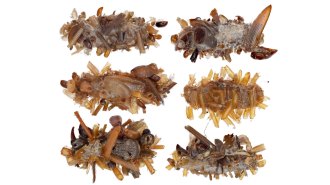 Animals
AnimalsThis caterpillar wears the body parts of insect prey
Dubbed the “bone collector,” this caterpillar found on a Hawaiian island disguises itself while stalking spider webs for trapped insects to eat.
-
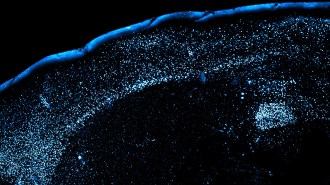 Neuroscience
NeuroscienceMouse brains hint at why it’s so hard to forget food poisoning
Scientists mapped a neural circuit that associates an unfamiliar flavor with food poisoning symptoms in mice.
By Elise Cutts -
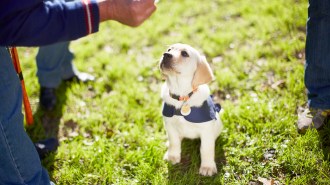 Animals
AnimalsHow science can help you train your puppy
Puppies with a good grasp of basic gestures, self-confidence and impulse control grow into well-behaved adults, a new study suggests.
-
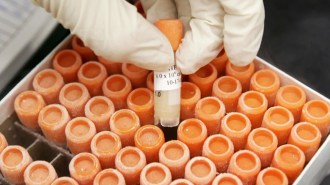 Neuroscience
NeuroscienceEarly Parkinson’s trials revive stem cells as a possible treatment
The phase I clinical trials showed stem cell transplants for Parkinson’s disease appear to be safe and might restore dopamine-producing brain cells.
-
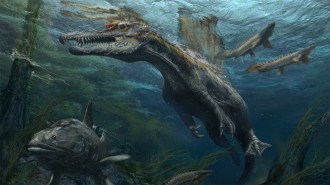 Paleontology
PaleontologyCould Spinosaurus swim? The fierce dinosaur ignites debate
Researchers are still divided about whether Spinosaurus was a swimmer or a wader. What’s clear is that confirming the first swimming dinosaur would be a game-changer.
-
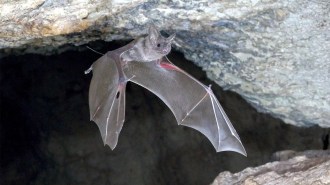 Animals
AnimalsBats wearing tiny mics reveal how the fliers avoid rush hour collisions
As thousands of bats launch nightly hunting, the cacophony of a dense crowd should stymie echolocation, a so-called “cocktail party nightmare.”
By Susan Milius -
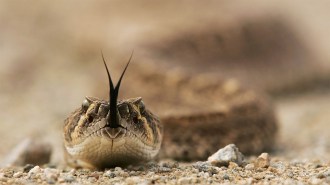 Animals
AnimalsSnakes are often the villains. A new book gives them a fair shake
From demon to danger noodle, human ideas about snakes can be as contradictory as the creatures themselves. In Slither, Stephen S. Hall challenges our serpent stereotypes.
-
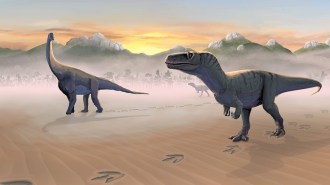 Paleontology
PaleontologyScotland’s Isle of Skye was once a dinosaur promenade
New dinosaur fossil tracks on the Isle of Skye reveal that the once-balmy environment was home to both fierce theropods and massive sauropods.
-
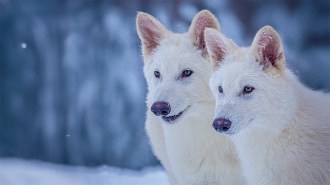 Animals
AnimalsThe story of dire wolves goes beyond de-extinction
Some question whether the pups are really dire wolves, or just genetically tweaked gray wolves. But the technology could be used to help at-risk animals.
By Meghan Rosen -
 Neuroscience
NeuroscienceMemory manipulation is the stuff of sci-fi. Someday it could be real
Experiments point to how scientists can strengthen or weaken memories, which may eventually lead to treatments for Alzheimer’s disease or PTSD.
-
 Anthropology
AnthropologyRare books covered with seal skin hint at a medieval trade network
The furry seal skins may have made their way to French monasteries from as far away as Greenland.
By Alex Viveros -
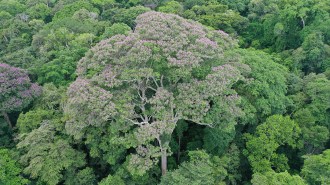 Plants
PlantsSome tropical trees act as lightning rods to fend off rivals
Though being struck by lightning is usually bad, the tropical tree Dipteryx oleifera benefits. A strike kills other nearby trees and parasitic vines.